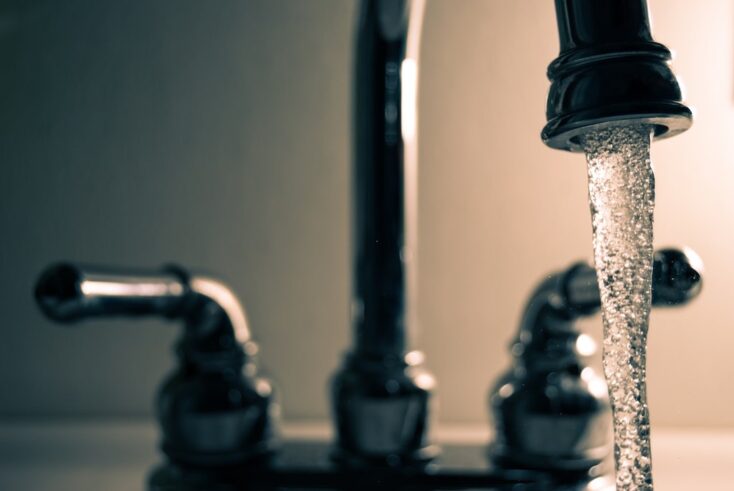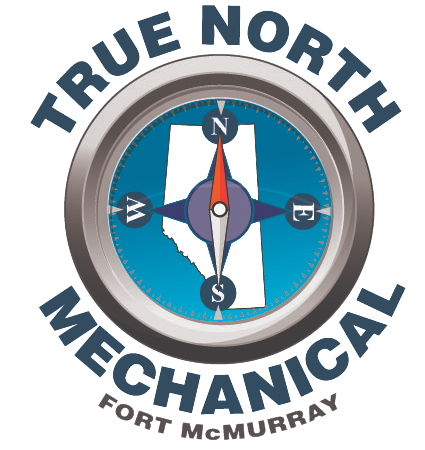
01 Dec
Improving Your Water Pressure
Lower water pressure can be caused by many things, if you have noticed slower water flow coming from one or more of your faucets you should investigate and tend to this issue promptly. It may be a simple, easy fix or it may be more complex. When you notice low water pressure it’s important to consider doing a whole plumbing inspection.
- Check your water pressure – Test all faucets inside and outside of your home. Do this by running water on each faucet to determine if any have low water pressure. Remember to run both hot and cold water, sometimes water pressure can be only low when the hot water is on, which indicates a problem with your water heater.
- Check the affected faucet – If you find low water pressure in only one of your faucets, inspect the fixture for potential clogs. All you have to do is remove the end of the faucet and check for calcification and limescale buildup that leads to clogs. Soak the aerator in vinegar or use limescale remover if needed. Before you put the aerator back on, check the water pressure by turning the faucet on to see if the issue was with the aerator or if it’s something else causing the low water pressure problem.
- Check other potential sources – Check other sources that may be the cause of low water pressure such as the shutoff valve in your home, if it’s turned even just a small amount, it can reduce your water pressure. Looking for water leaks is another way of finding a potential source of low water pressure. If you are experiencing low water pressure only when using hot water, check your water heater.
When you are experiencing water pressure issues and cannot fix it yourself, contact a professional plumber. Our plumbers at True North Mechanical can help you when you need it the most, trust us to come assess, inspect, and fix any plumbing problems you may have. We can also offer recommendations to help prevent any future issues.

